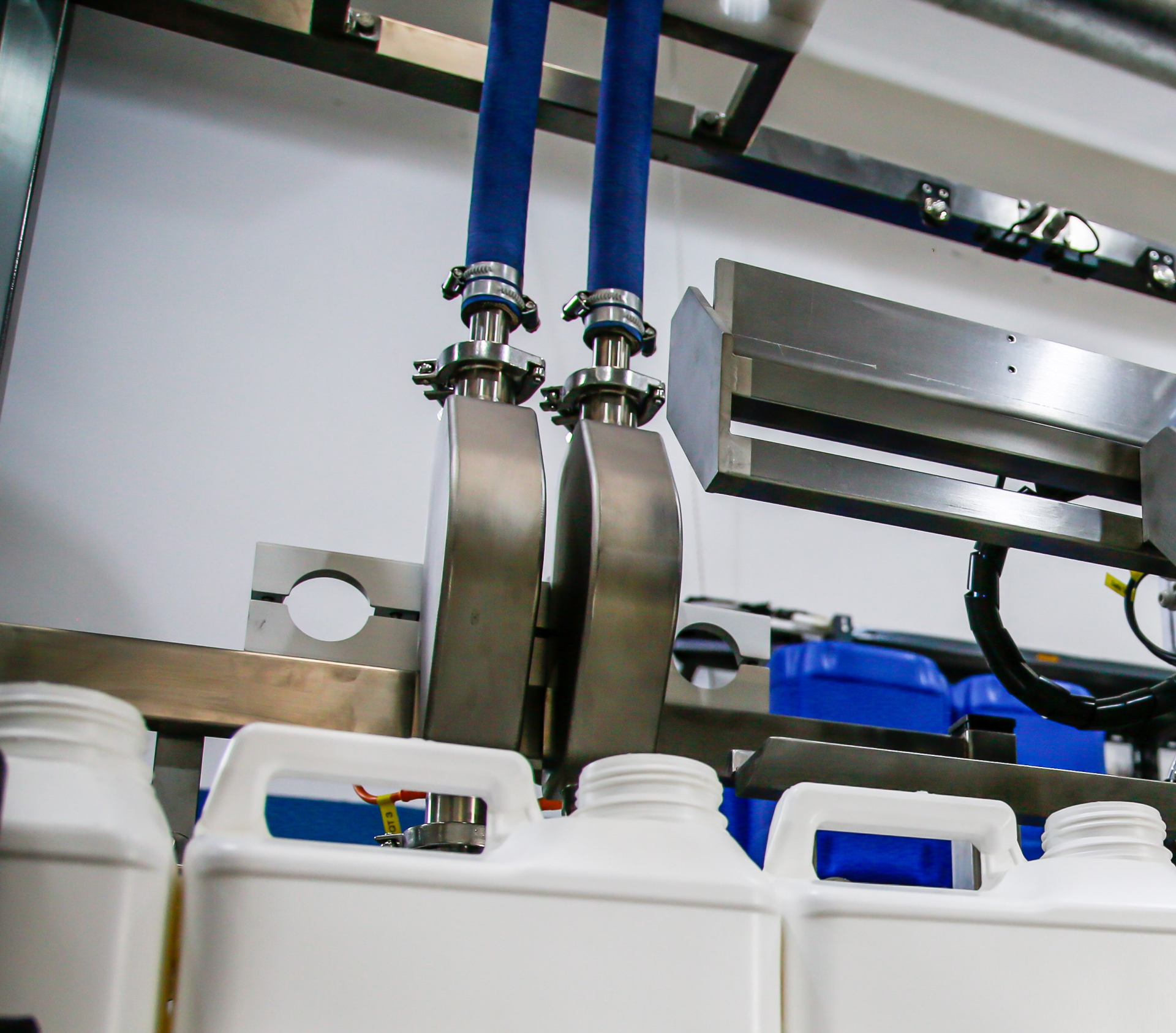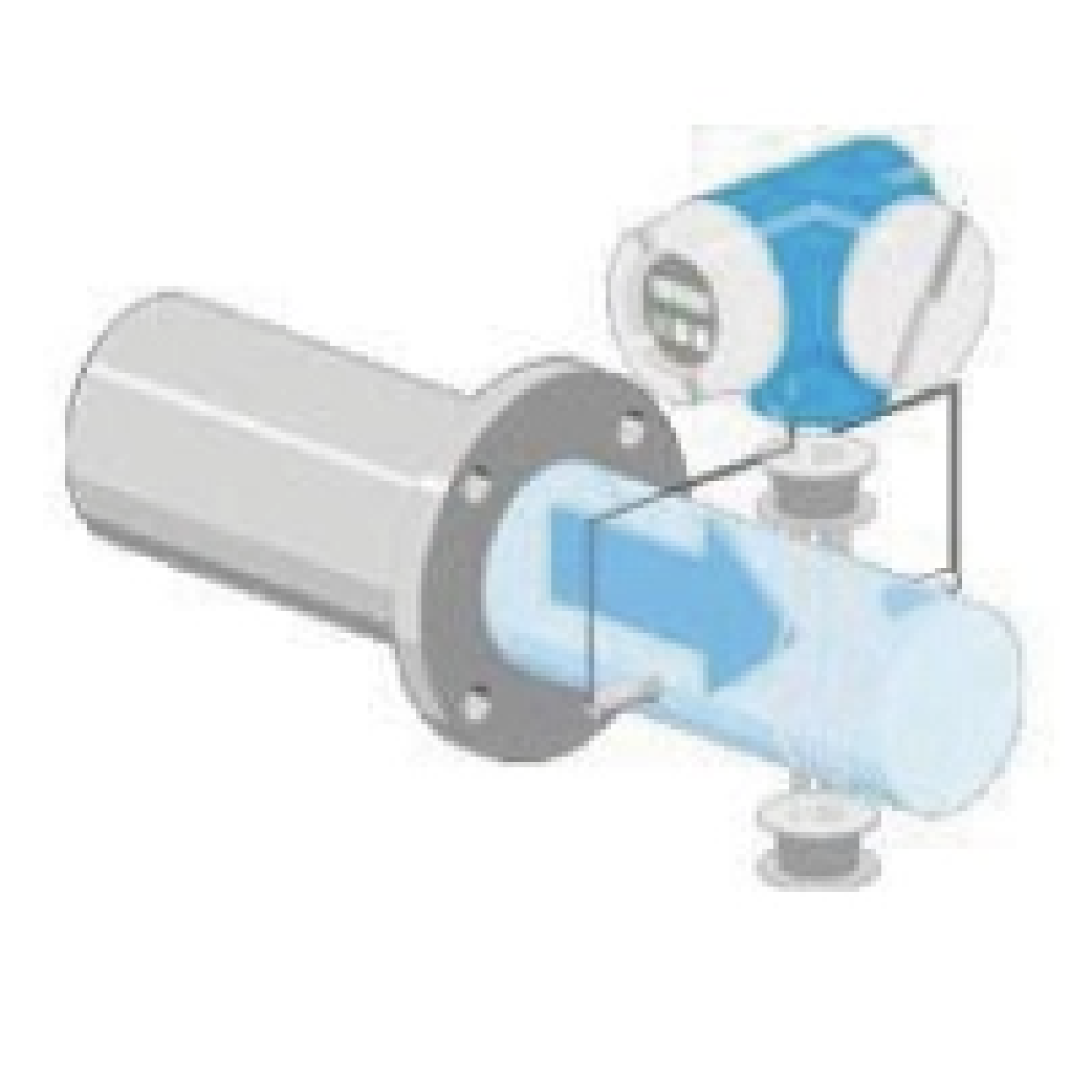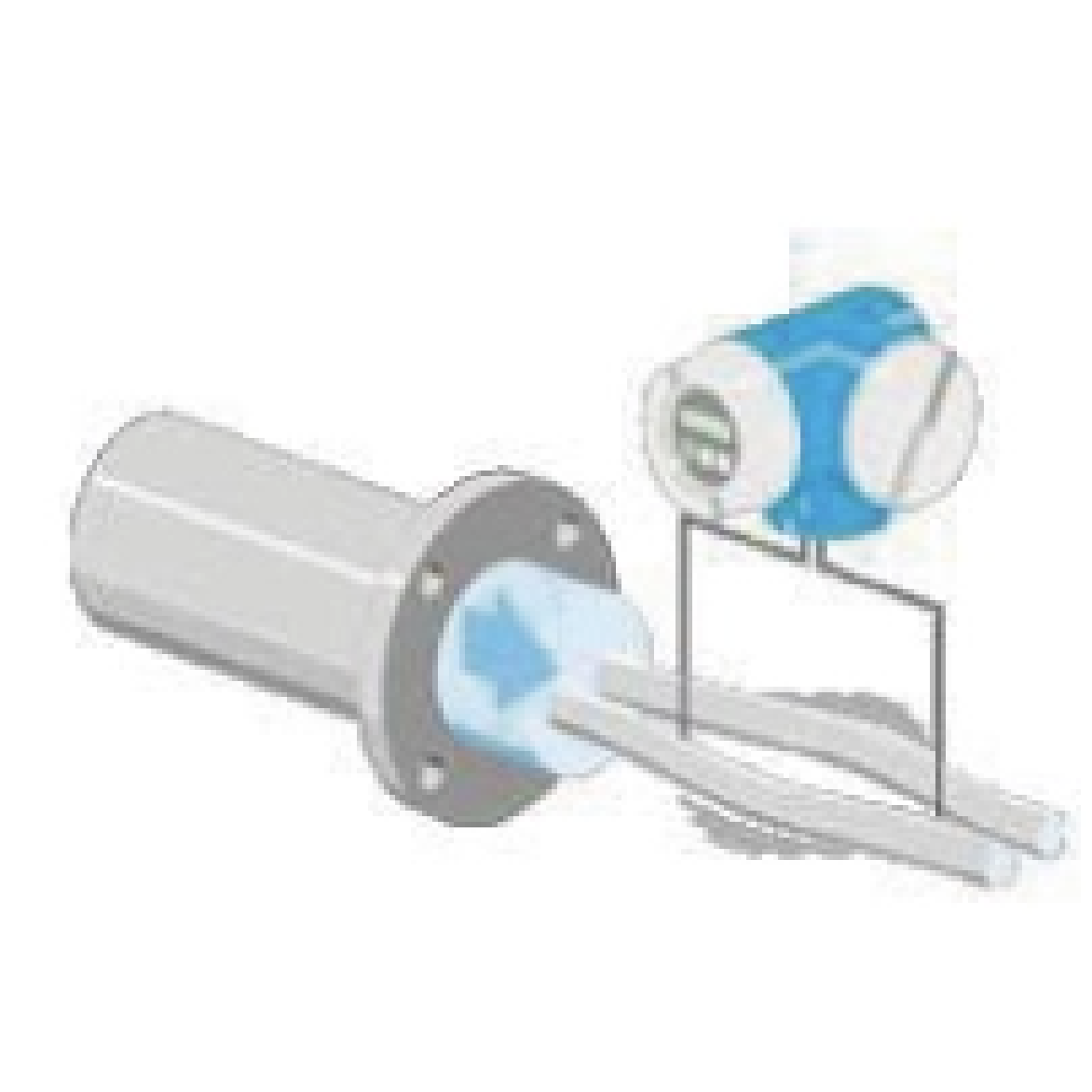
Digital flowmeter
Flowmeter qualities
What are electronic flowmeters?
They are electronic instruments for flow measurement. These devices are usually placed in line with the pipe that carries the fluid. They are also often called flowmeters, flowmeters, or flowmeters. They do not have internal moving parts and therefore do not require maintenance.
What is the difference between the mass flowmeter and the magnetic one?
The electromagnetic flowmeter

The electromagnetic flowmeters are based on Faraday's Law, from which it follows that a moving conductor in a constant magnetic field will induce a voltage.
This voltage will be proportional to the speed of movement of the conductor and its length. We apply a magnetic field to a pipe and measure its voltage from end to end of the pipe. This phenomenon is reproduced in an electromagnetic flowmeter, which consists of coils that create the magnetic field, a conductor that runs through it (the fluid in movement) on which the potential difference is induced, and the electrodes that measure this potential difference. This will be proportional to the velocity of the fluid, so the flow is determined simply by multiplying this velocity by the section of the pipe. These flowmeters require that the liquid to be measured have a minimum of conductivity.
The mass flowmeter

Mass flowmeters measure the mass flowing per unit time.
The most commonly used types of mass flowmeters are Coriolis principle and Thermal Mass Flowmeters.
The Coriolis effect is a phenomenon that occurs when an object moves radially over a rotating disk. As a body of mass “m” moves on a disk that rotates from the center to the edge in a radial way, it increases its tangential velocity. That implies that there is an acceleration that produces on the mass a force known as the Coriolis force.
The Coriolis flowmeter consists of one or two vibrating tubes in which forces of different directions are produced that produce a deformation that is proportional to the mass flow.
Coriolis flowmeters give a direct measurement of mass and density, do not require straight runs in their installation, have no special requirements for conductivity or viscosity of liquids and accept significant amounts of suspended solids.
How it works
This website uses cookies to ensure you get the best experience on our website.
